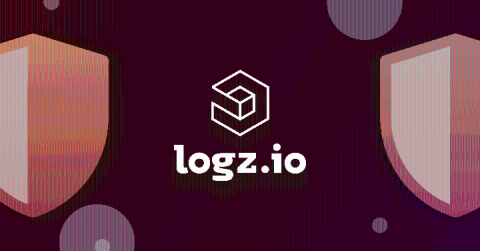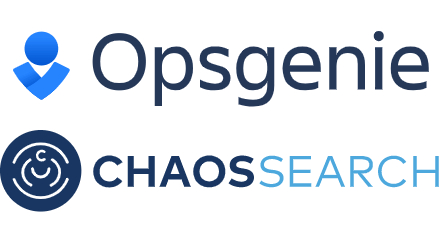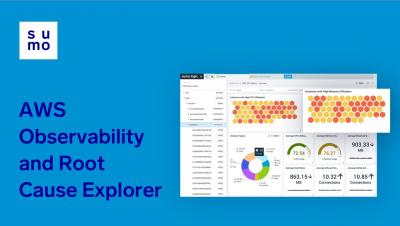What's New with Logz.io Cloud SIEM - August 2020
We have been busy adding new features to our growing list of abilities. Logz.io Cloud SIEM is no exception. Throughout 2020 we have been enriching our security incident and event management tool, refining threat intelligence, adding new dashboards, and improving the user experience to ensure there’s an eagle’s-eye view of the security challenges that organizations face. Here are a few of those updates that we have recently put to production.











